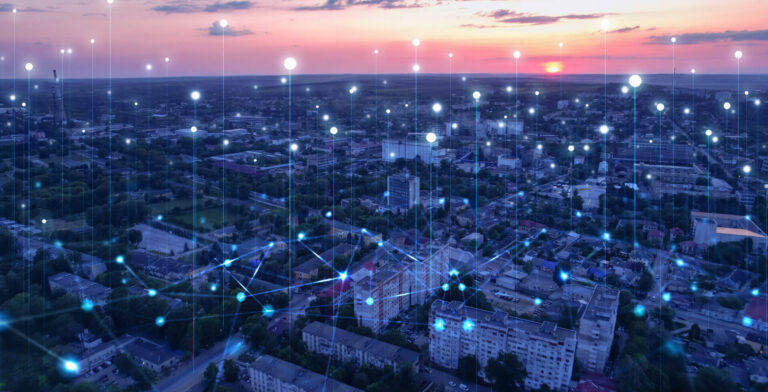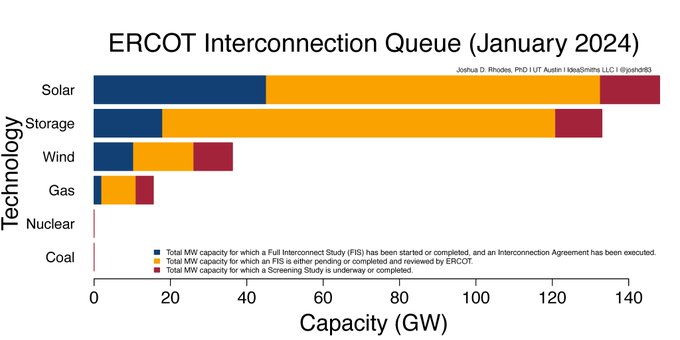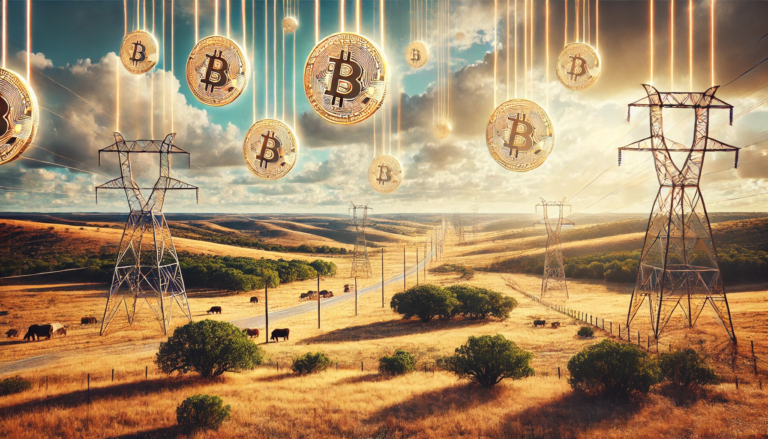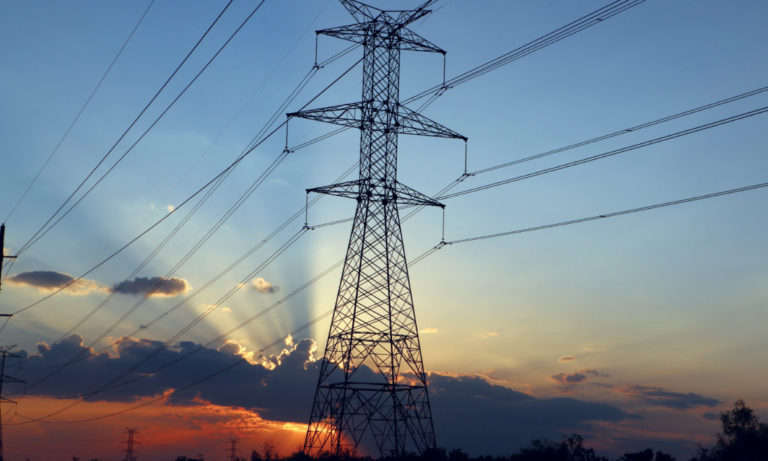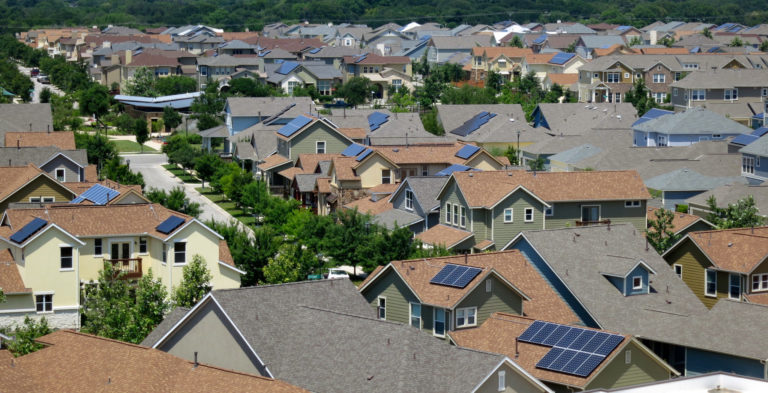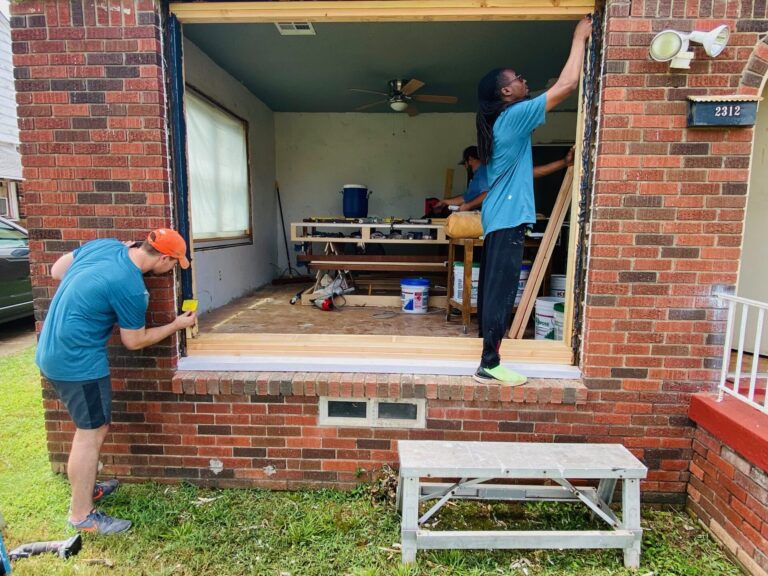November 12, 2024
By Scott Hinson, chief technology officer, Pecan Street
This series examines some of the biggest challenges facing the Texas grid and how they extend far beyond our state border. If you didn’t read the first two installments, pause and take a few minutes to catch up on Part I, Part II, and Part III.
The energy world is changing, and despite – or because – of Texas’ historic leadership as a fossil fuel energy leader, it needs to respond. That’s especially true of how we think about electricity. As Charles Darwin said, it’s not the strongest that survive, but the one who best adapts to change.
We’ve outlined several factors that illustrate how Texas has either not accepted the need for new thinking about electricity or has failed to act aggressively to provide the affordable, reliable and responsible 21st-century grid we deserve.
But criticism is cheap. More valuable are suggestions for moving forward.
There are scores of energy experts in Texas who embody the new thinking Pecan Street has embraced and proposed. Alison Silverstein, Doug Lewin, Joshua Rhodes, Michael Webber and many others have been doing yeoman’s work on the electric grid for years. There are many more experts nationally.
Of course, some groups call for immediate coal plant closures or 100% wind power tomorrow. But the electric grid is a life safety system, and we can’t realistically make those changes overnight. Yet, the kinds of “solutions” grid advocates promote today are not revolutionary or controversial. They’re just different. There are dozens of useful, thoughtful and reasonable changes that grid managers, the PUCs, and state elected leaders could embrace – without any political fallout – that would fortify the grid. And if they can work in Texas, they can work anywhere.
Big Picture Recommendations for a 21st Century Grid Plan
1. Maximize Demand-Side Management
The most obvious and most important idea that should guide electricity planning is a shift from supply-side management to demand-side management. There have been many electricity advancements in the 100 years since the foundation of our grid was imagined. We have more granular control over how much energy is used than just an on/off switch, control that can make the grid cleaner, cheaper and more resilient. We know that the cheapest and smartest kilowatt is the one you never have to generate or use.
We have to move away from a more supply-only approach to electricity. We know demand will grow. Managing that growth — and the peak demand we already have — is the smartest way to think about the grid.
2. Embrace Decentralized / Distributed Energy
Unlike 100 years ago, we no longer have to use electricity the second it is generated. We no longer have to create pollution to power our economy, or generate electricity in faraway places and transport it across vast distances. Yet the most common response to the looming threat of demand growth and spikes is to double down on a 100-year-old hub and spoke energy grid. Even Texas’ promising queue of renewable energy is heavily dependent on transmission. Distributing generation throughout the grid – including renewable energy and storage – is cleaner, more resilient, and reduces transmission and transmission costs – the biggest portion of most electricity bills. And the technology needed to leverage decentralization is ready and affordable.
3. Modernize and Inject Visibility and Accountability into Energy Forecasting
Electricity forecasting is complex. But it’s easier now than it used to be, and it’s easier than many forecasters want us to think it is. When it comes to billions of dollars of investment and risk that could cause human and economic catastrophe, we deserve more transparent and accountable forecasting.
What happens today if forecasters are wrong? Maybe they’re called before a committee. Maybe they’re fired. But their decisions have already become policy.
Integrated and holistic transparent forecasting should be an integral part of grid planning, not just its daily, monthly, and annual management. It should incorporate realistic growth projections, realistic climate forecasts, and realistic technology forecasts. Customers should know what industries planners expect to drive demand increases and which energy solutions our planners think can meet their needs.
One last Texas example: In mid-August, forecasters predicted ERCOT would have its closest call of the year, with demand frighteningly close to the maximum supply. When the peak period came, prices spiked as we expected them to on a hot summer day. But there was no call for conservation, although fossil fuel outages were double what ERCOT forecast. The grid had double the ERCOT projected “maximum” fossil fuel generated outages, and it still had enough energy. Why? Because solar and batteries were online and producing, but they were not included in the monthly adequacy report. As a result, the excellent performance of solar and batteries was masked, as was the woefully inaccurate fossil fuel outage forecast.
4. Invest Public Dollars In the Future, not the Past (Energy Storage R&D, for example)
Just as our thinking about the grid needs to shift toward the future, so do our public dollars. The Inflation Reduction Act and other federal initiatives have provided a powerful jolt in this direction, and several states are already investing in future energy solutions. Just as it has been for other technology, governmental R&D funding has been instrumental in driving down the cost of solar, wind and batteries. Once these technologies reach a financial tipping point, subsidies and R&D funding have given way to market forces. Today, most financing for renewable energy projects is private, not public.
Where we still see uncertainty is utility acceptance that the distributed controls of these devices can achieve the performance needed to depend on them to act correctly when called on for critical grid functions like ancillary services. Continued government investment is crucial to address these concerns and move the market from seemingly endless pilot programs to actual market participation. The market structure needed has a foundation with the ADER pilot in ERCOT and FERC Order 2222 (among others), but until the ISOs and utilities accept the results of the pilots as indicative of real-world performance, more support will be needed.
5. Rethink Electricity Entitlements for High-Risk Users
For more than a century, residential and commercial electricity companies have come to expect guaranteed access to however much electricity they need. For residential customers, this is completely logical. But for mega-commercial users, this entitlement now amounts to a public subsidy whose cost (financial, environmental and social) is socialized across every customer. Given the constraints on our grid and the expense and consequences of uncontrolled growth, electricity has shifted from an entitled commodity to a precious public resource.
We know that large users are gobbling up available green power to promote their greenness and delaying the closure of coal plants. Should mega users that use enough electricity to power an entire town be guaranteed power when they want it, or should they be required to provide (and pay for) solutions that ease their pressure on the broader grid?
Breaking out of fossil fuel thinking requires us to end energy entitlement thinking. No one has done that yet.
Will We Answer the Call?
We must seize the urgent call to think and act differently because the risk of status-quo thinking is unsustainable. Take the possibility of rolling blackouts in Texas. We’ve heard this warning enough from ERCOT that it makes me wonder if they’re trying to desensitize us to what a catastrophe it would be for a state that has bragged for decades that it has the best grid in the country. It’s 2024, in the most energy-rich state in the richest nation on the planet, and we might have rolling blackouts not caused by a natural disaster. Think about that for a minute.
In Texas and across the country, customers deserve a grid that will keep us warm during the next Uri, that will rebound quickly after the next tropical storm, and that will keep us cool during ever-hotter summers. One that’s stronger, cleaner, cheaper and smarter. And that will take a plan.










